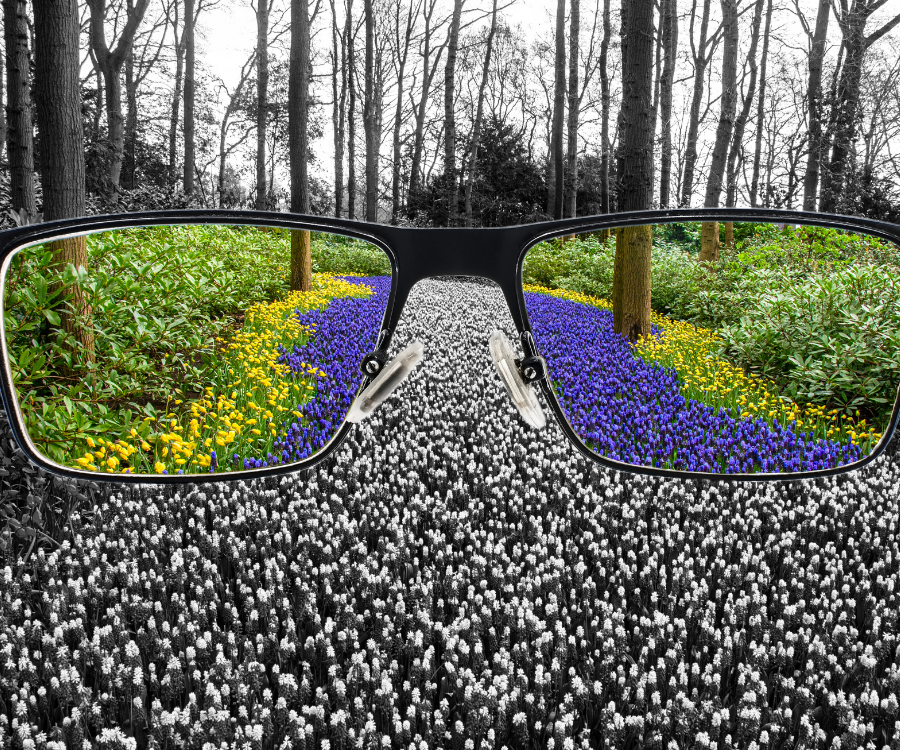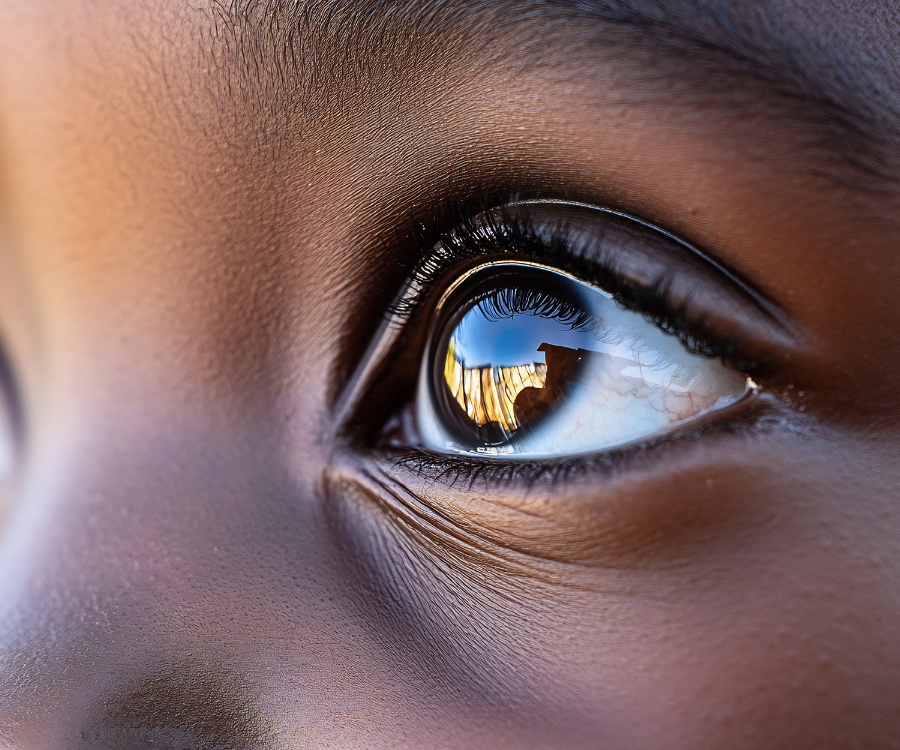As the back-to-school rush begins, most parents focus on school uniforms, stationery, and lunchboxes. But there’s one essential item often left off the checklist—an eye exam. Vision plays a key role in a child’s learning and development, and an annual eye check can make a big difference in their academic success and overall well-being.
👁️ Why Vision is Crucial for Learning
It’s estimated that up to 80% of learning in a classroom is visual. From reading the board to using a tablet, completing assignments, or copying notes, a child’s eyes are constantly at work. If they have an undetected vision problem, it could lead to struggles with reading, concentration, or even behavioural issues.
Unfortunately, children often don’t realize they have a vision problem—they assume everyone sees the way they do. That’s why early detection through a professional eye exam is so important.
🧒 Common Signs of Vision Problems in Children
Even if your child hasn’t complained about their vision, look out for these subtle signs:
- Squinting or tilting their head
- Sitting too close to the TV or holding books very near
- Complaining of headaches or tired eyes
- Difficulty concentrating in class
- Rubbing their eyes frequently
- Avoiding reading or other close-up work
These can all be clues that your child might be struggling to see clearly.
🎓 The Impact of Clear Vision on Academic Performance
Clear vision boosts a child’s confidence and participation in class. When they can read the board clearly and complete tasks without eye strain, they’re more likely to stay focused and perform well. Children with uncorrected vision problems may fall behind, not due to ability, but simply because they can’t see properly.
An eye test before the school year starts ensures your child is ready to learn and succeed.
👓 What Happens During a Back-to-School Eye Exam?
A comprehensive children’s eye exam is quick and non-invasive. It typically includes:
- Testing visual sharpness (distance and near)
- Checking how the eyes work together
- Assessing depth perception and colour vision
- Screening for conditions like lazy eye or eye misalignment
- Prescription for glasses if needed
Even if your child passed a school vision screening, it doesn’t replace a full optometric exam. Screenings often miss key issues that a qualified optometrist can detect.
🗓️ When Should Kids Have Their Eyes Tested?
The general guideline is:
- First exam at around 6 months old
- Another at age 3
- Again before starting Grade 1
- Then every 1–2 years unless issues are detected
If your child already wears glasses or has a known vision condition, more frequent check-ups may be necessary.
✅ Final Thoughts: Make Eye Health a Priority This School Year
Adding an eye exam to your back-to-school checklist is one of the simplest ways to support your child’s academic journey. Clear vision doesn’t just help with reading and writing—it builds confidence, improves classroom behaviour, and sets the stage for a great year ahead.
Don’t wait for signs of trouble. Book a back-to-school eye check today and give your child the clearest path to success.




